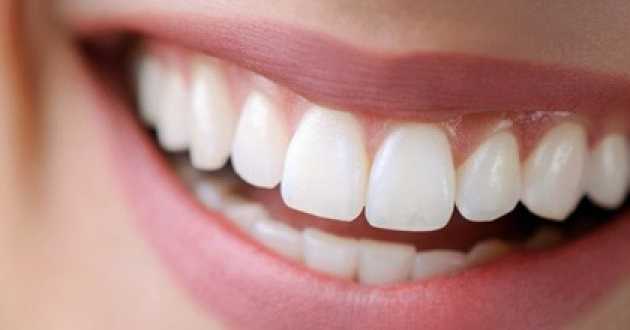The Best Season for Rhinoplasty: Timing Your Surgery
- - Category: Women's Health
- - 29 Apr, 2024
- - Views: 4
- Save
Rhinoplasty, commonly known as a nose job, is a surgical procedure that alters the shape of the nose for either cosmetic
Choosing the best time for rhinoplasty is a crucial consideration for anyone planning this surgery. While it’s ultimately possible to have rhinoplasty at any time of the year, certain seasons offer practical advantages that can make the recovery process more comfortable and convenient.Rhinoplasty in Islamabad, Rawalpindi & Pakistan Here’s a look at how each season could potentially affect your rhinoplasty experience and why many experts and patients favor certain times over others.
Winter:
Advantages:
Convenient Timing for Holidays: Winter includes major holidays which can provide an extended break from work or school, allowing for recovery without the need for extensive time off.
Cooler Weather: Cooler temperatures are generally more comfortable when you’re dealing with post-surgery swelling and healing. Heat and direct sunlight can exacerbate swelling, so colder months can offer a more comfortable recovery environment.
Covering Up is Easier: It's easier to justify staying indoors and out of public view while recovering in the winter, and wearing scarves or high collars can discreetly hide any temporary post-surgical bandages or swelling.
Disadvantages:
Cold and Flu Season: Recovery can be more challenging if you catch a cold or the flu, which are more prevalent during the winter months. Respiratory issues can complicate the healing process, particularly if nasal congestion is involved.
Spring
Advantages:
Mild Weather: Spring offers moderate temperatures that are ideal for recovery, avoiding the extremes of heat or cold.
Renewal Period: Many people find spring a time of renewal and personal rejuvenation, aligning well with the transformative nature of rhinoplasty.
Disadvantages:
Allergy Season: If you suffer from seasonal allergies, spring might complicate your recovery due to issues like sneezing and nasal congestion.
Summer
Advantages:
Long Breaks: For students and teachers, summer offers a long break from school responsibilities, providing ample time to recover without missing important academic activities.
Vacation Time: Many people take their annual vacation during the summer, which can be a good opportunity to combine recovery with scheduled time off work.
Disadvantages:
Heat and Sunlight: High temperatures and exposure to sunlight can increase swelling and discomfort. Sunburn can also pose a risk to healing scars, which must be avoided especially soon after surgery.
Fall
Advantages:
Cooling Temperatures: Like spring, the fall offers moderate weather, which can be ideal for recovery.
Back to Routine: Fall marks a return to routine for many people, which can make scheduling surgery and recovery time easier as personal and professional lives are more predictable.
Disadvantages:
Back to School and Work: The start of school or a busy work season can make taking time off for surgery and recovery more challenging.
General Considerations
Personal Schedule: Your personal and professional calendar should be the leading factor in deciding when to have surgery. Ensure you have enough time to recover without stress.
Surgeon Availability: Top surgeons may have busy schedules, so consider their availability when planning your surgery.
Recovery Environment: Choose a time when you can create a comfortable, stress-free environment to support your recovery.
Conclusion
Most surgeons agree that the best time for rhinoplasty is when it fits best into your life and calendar. Winter often emerges as a favorite due to the holiday breaks, cooler weather, and ease of concealment with winter clothing. However, each season offers its own benefits and challenges, so weigh these carefully against your personal circumstances to choose the optimal time for your surgery.


